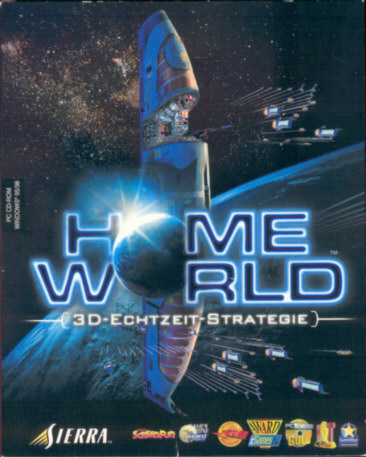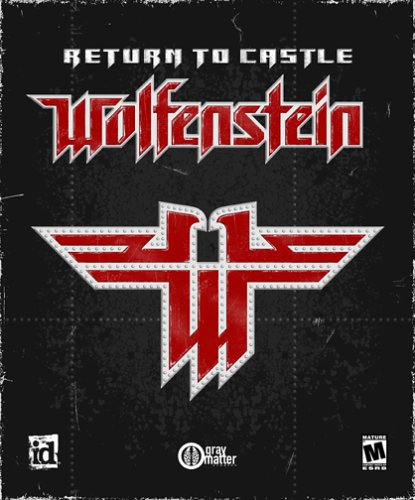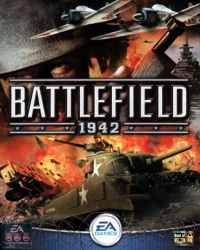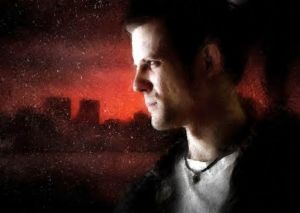
Homeworld (1999)
I had never really been into any computer games (with the exception of children's crap, like the Carmen San Diego series) before my friend Phillip lent me Homeworld a few years ago. I remember running through the tutorial in complete awe; though the graphics aren't stellar by today's standards, they're still pretty impressive and given my lack of gaming experience, I wasn't about to complain. So I bought my own 'Game of the Year edition' copy and proceeded to enjoy. One of the biggest strengths of this game was the uniqueness of the plot and its dramatic video presentation. Basically, the Kushan race (you) has discovered a long lost hyperspace core and evidence that they were exiled long ago from their true home planet, Hiigara (which is, believe it or not, spelled correctly). They decide to build the Mothership with the hyperspace core, but during its testing, apparently they break some kind of ancient treaty. This really pisses off the Taidan, the dominant race in the galaxy, and they decide to destroy the Kushan planet along with all of its population not aboard the Mothership. From then on, the Kushan have to regroup and steal various pieces of technology while defeating any attacks made by the Taidan on their quest to return to the homeworld Hiigara. There is also another hostile race encounted in the Garden of Kadesh levels, but that's left for the reader/gamer to find out.
I'd say one of the hardest (and most fun) things to do was getting used to the million buttons that a gamer can memorize in order to have efficient control over their race. Any given ship has basic movement commands that can be issued in a variety of ways. For instance, one can move a ship within the scope of the ship's own view; the same ship, however, can be moved over much bigger distances in the sensors manager, which is basically a zoomed out view of the entire map. Most ships have their own individual tasks they can carry out. Fighter and corvette class ships are most useful in attack formations when defending or offending against an enemy. Frigate and capital class ships are more useful in big wall formations, as they move more slowly and are more efficient when they all target one enemy at once. Repair corvettes and repair frigates can be used to give health to any damaged ship, including other repair ships. Salvage corvettes are used to take command of other enemy ships, though the salvager must bring the stolen ship into dock with the Mothership (and often more than one salvage corvette is required to successfully do this). Finally resource collectors are used to break down the asteroids and space dust around the map and break those materials down into Resource Units or RU's, which are the minerals used to build ships.
So Homeworld is a great game, and much fun for anyone interested in RTS games. One other great item that was included in my 'Game of the Year edition' box was the soundtrack for all the great music written for the game. The only track missing from that CD was the "Homeworld" theme written by Yes, which is a great song. Hopefully I'll eventually get around to writing about the sequels Homeworld: Cataclysm and Homeworld 2. Oh yeah, one might also notice I couldn't actually find a decent picture of the front cover of the game box, so I ended up using a version of the box that appears to be written in German... (Updated 1/13/2004)


